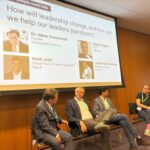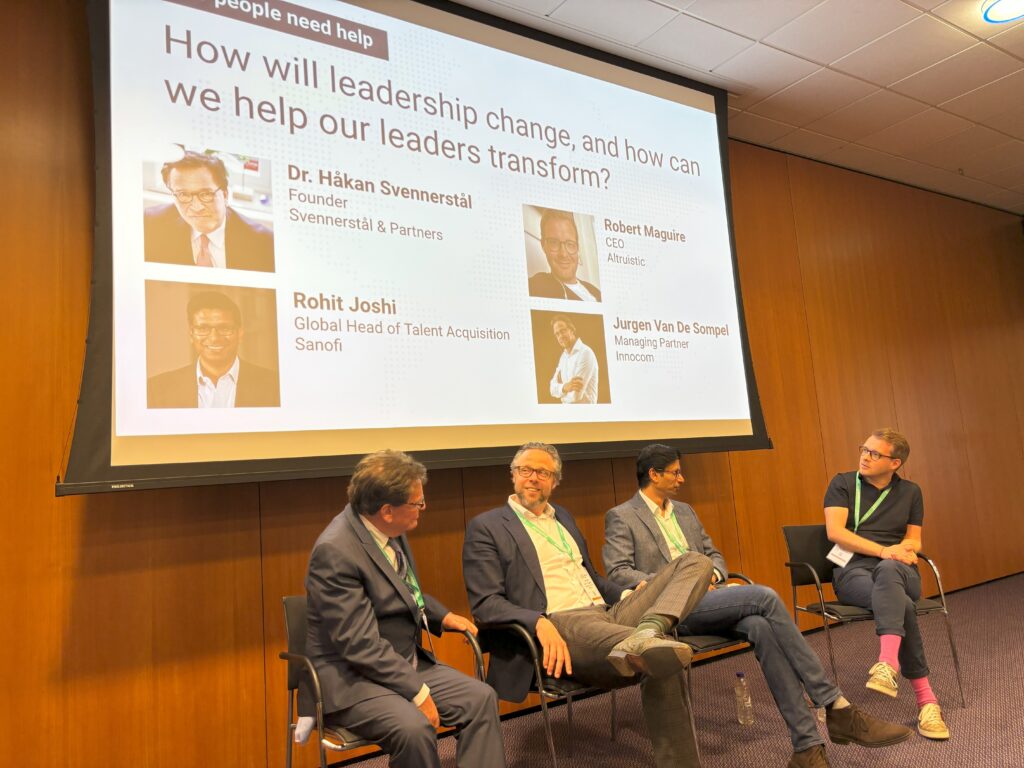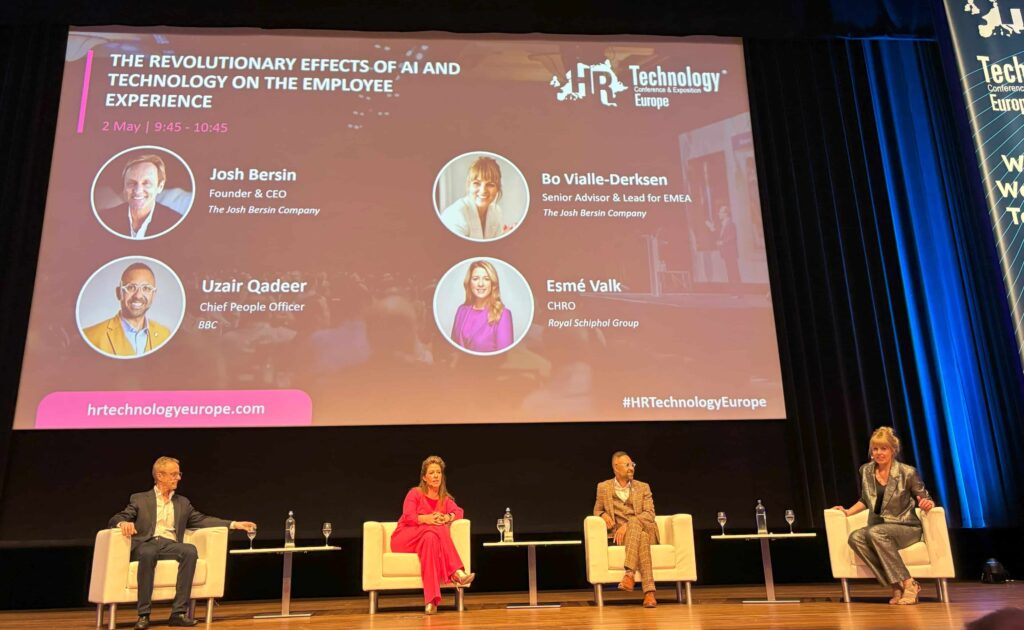
Employees are the face of the organisation and have unparalleled insight into the ideas and innovations that can enforce positive change within the business. The role of employee experience programmes is not only to surface areas of improvement, but also to surface new ideas that have the power to enhance productivity, support revenue generation and help organisations do good on their brand promise to customers.
To reap these rewards in 2024 and beyond, organisations must evolve their employee listening strategies to be able to more readily access and act on important ideas, suggestions and solutions from employees from all corners of the business. Collecting and applying insights for the greatest business impact requires employee activation.
What is employee activation?
‘Employee activation’ means to empower employees to share feedback and suggestions about obstacles they face performing their jobs such as inefficient or outdated processes, conflicting guidelines or being boggled down on non-valued tasks.
The other – and equally vital – element of employee activation is around stakeholder engagement, that is, empowering managers, supervisors and line leaders to act on the employee feedback.
Bridging the gap between feedback and action is crucial to making employees feel not only heard but also valued. Crucially, employees must be involved throughout the entire process. It is about taking action locally and communicating with employees about actions as a result of their feedback or including employees in determining actions.
Employees who see their contributions take effect will feel more aligned with the values their organisation represents and will become agents of transformative change. It’s no coincidence that these employees are also 125 percent more productive than their less ‘inspired’ peers.
This way, employee activation goes far beyond traditional employee surveys. That is not to say surveys no longer have a place in the modern workplace – on the contrary! But if organisations want to gather ‘in-the-moment’ feedback that sparks great ideas or surfaces hyper-specific obstacles that employees in different roles encounter daily, they must evolve how they capture employee insights.
Getting the ‘listening’ part right
To bridge the gap between feedback and action, organisations first need to look at how they collect feedback. Medallia research found that high-performing companies keep all channels of communication open to get a holistic view of what’s on employees’ minds. For example, 43 percent collect and analyse text-based open feedback; the same percent also monitor community channels; and 31 percent use crowdsourcing software.
To enable employee action, organisations must grant employees the authority to share what’s on their minds at all times using always-on, ‘anytime listening’. This means integrating feedback opportunities into daily workflows, such as in the organisation’s intranet, Slack or Microsoft Teams. Anytime listening enables organisations to collect ideas from employees while they’re in the flow of work, such as right after they finish a call with a customer, submit an IT ticket, use an HR system or attend a team meeting.
Leading organisations also ask employees about their wellbeing, sense of belonging and perception of fairness, inclusion and diversity. This is key to strengthening trust, which in turn will encourage employees to share their ideas and suggestions with management more freely. It is also vitally important considering that employees are navigating great uncertainty today.
Amidst getting settled in their hybrid working regimes, facing the challenges of the cost-of-living crisis and battling burnout, one in five workers in the UK admit they had to take time off due to poor mental health caused by pressure or stress, in the past year.
When employees feel safe to share not just their ideas but also their challenges, and they are met with empathy and recognition, it will have a compounding effect in the organisation that even customers will notice.
Breaking the cycle of silent employees and siloed HR leaders
However, the lion’s share of the work really only begins once employees have shared their views. This is where stakeholder engagement comes in – and this does not just mean the HR function. Employee experience must be a shared responsibility, owned by senior leaders and managers across HR, IT, facilities and other groups.
High-performing organisations realise that EX starts at the top. In Medallia’s research, ‘EX leaders’ distinguished themselves by making employee experience part of their strategy and setting employee experience goals throughout the organisation. Moreover, 72 percent of EX leaders said that direct team leaders and people managers were highly involved in their organisation’s employee experience initiatives, compared to just 18 percent of laggards.
When all stakeholders understand and act on employee feedback, the business continuously improves. However, even getting to a point of ‘understanding’ can be difficult without the right tools. Technology plays a crucial role in helping organisations make sense of vast troves of employee feedback data and prioritise action.
The role of AI, data analytics and crowdsourcing
A key part of employee activation is giving stakeholders access to vital employee insights in real time. With anytime listening in place, organisations can use technology to quickly analyse the feedback and automatically send alerts to the appropriate team members.
Capabilities such as AI-powered text analytics can be extremely powerful for conducting immediate analysis of open-ended text responses, and then making these insights available on role-specific dashboards, which can further guide decision-making. With generative AI in the mix, organisations can also surface themes from large volumes of qualitative data, summarise actionable insights, prioritise actions and even ask questions.
For example, when generative AI is applied on top of EX data, a manager could ask “Which department has the lowest communication score?” and then surface the root cause by asking, “What are the negative comments made about communication in the low-scoring departments compared to the high-scoring departments?” Using AI makes it quick and easy for stakeholders to understand employee issues and even how to solve them, without requiring advanced analytical skills. This way, AI democratises insight and expedites action.
Another great use case is empowering employees to suggest ideas for solutions through idea crowdsourcing. Employee ideation platforms enable employees to share their thoughts in an open forum and have their colleagues vote and refine them with their own views and experiences. As good ideas rise to the top and managers progress them forward into action, employees receive recognition and transparency – which then strengthen their trust and alignment with company values.
Enable action-taking at every level
Employee activation cultivates an environment where employees at all levels are empowered to share their ideas, suggestions and solutions in real time, and are mobilised to drive change. With anytime feedback capabilities embedded across daily workflows, organisations can solicit contributions from employees on undetected hurdles, ideas for new products, processes and services. As employees see their ideas put into action, this creates a shift that moves the accountability for creating change from the hands of HR to the hands of everyone in the organisation.
www.medallia.com






